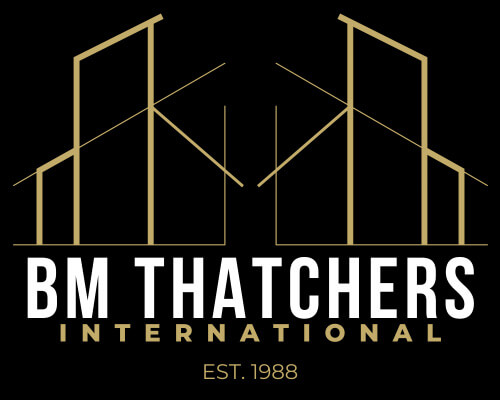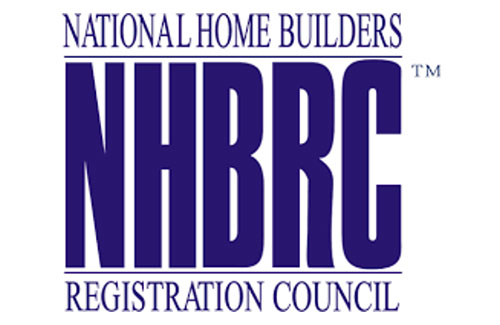Thatched roofs are a quintessential feature of many traditional buildings, admired for their aesthetic appeal and historical significance. However, as these roofs age, they are prone to various issues that can compromise their structural integrity and visual appeal. Understanding these common problems and the importance of professional thatchers in maintaining and repairing thatched roofs is crucial for preserving these architectural treasures. This comprehensive article explores the common issues with ageing thatched roofs and highlights the role of professional thatchers in addressing these challenges.
Thatch Decay
One of the most prevalent issues with ageing thatched roofs is thatch decay. Thatch is made from organic materials such as straw, water reed, or heather, which are susceptible to rot and decay over time, particularly when exposed to moisture.
Causes
- Moisture Retention: Prolonged exposure to rain, snow, and humidity can cause thatch to retain moisture, leading to rot.
- Inadequate Ventilation: Poor ventilation can exacerbate moisture problems, preventing the thatch from drying out properly.
- Biological Growth: Moss, algae, and fungi can grow on thatch, further accelerating the decay process.
Symptoms
- Discolouration: Dark or green patches on the roof indicate moisture retention and biological growth.
- Softening: Thatch that feels soft or spongy to the touch is likely decayed.
- Thinning: Decayed thatch loses its density and becomes thin and patchy.
Thatch Compaction and Sagging
Over time, the thatch on a roof can become compacted and begin to sag. This is a natural process, but if not addressed, it can lead to serious structural issues.
Causes
- Natural Settling: The weight of the thatch causes it to settle and compress over time.
- Weathering: Exposure to the elements, including wind, rain, and snow, can contribute to thatch compaction.
- Improper Installation: Incorrectly thatched roofs are more susceptible to compaction and sagging.
Symptoms
- Visible Sagging: Sections of the roof that appear lower or uneven.
- Surface Cracking: Cracks in the thatch surface where it has compacted and pulled apart.
- Increased Water Penetration: Compacted thatch is less effective at shedding water, leading to leaks and further moisture issues.
Bird and Pest Damage
Birds and pests can cause significant damage to thatched roofs, particularly as they age and become more vulnerable.
Causes
- Bird Nesting: Birds can pull out thatch for nesting material, creating holes and weak spots in the roof.
- Insect Infestation: Insects such as beetles and mites can infest thatch, feeding on the organic material and causing structural damage.
- Rodents: Rodents may burrow into the thatch for shelter, creating tunnels and cavities.
Symptoms
- Holes and Gaps: Visible holes and gaps in the thatch where birds or rodents have removed material.
- Droppings: Presence of bird droppings or insect frass (waste) on the roof or around the property.
- Disturbed Thatch: Areas of thatch that appear disturbed or uneven.
Thatch Erosion
Thatch erosion occurs when the outer layers of the thatch are worn away by weathering, reducing the roof’s effectiveness and lifespan.
Causes
- Wind and Rain: Constant exposure to wind and rain can erode the outer layers of the thatch.
- UV Exposure: Sunlight can cause the thatch to dry out and become brittle, making it more susceptible to erosion.
- Mechanical Damage: Physical damage from tree branches, ladders, or other objects can accelerate erosion.
Symptoms
- Thinning: Noticeably thinner thatch layers, particularly on the roof’s edges and ridges.
- Ragged Edges: Frayed or uneven edges where the thatch has worn away.
- Exposed Fixings: Visible fixings or structural elements previously covered by thatch.
Roof Leaks
Leaks are a serious issue for thatched roofs and can lead to significant internal damage if not promptly addressed.
Causes
- Thatch Deterioration: Decayed or eroded thatch is less effective at shedding water, leading to leaks.
- Poor Maintenance: Lack of regular maintenance and inspections can allow small issues to develop into significant leaks.
- Structural Issues: Leaks can be caused by problems with the underlying roof structure, such as broken laths or rafters.
Symptoms
- Water Stains: Stains or damp patches on interior ceilings and walls.
- Dripping Water: Visible water dripping inside the property during or after rain.
- Musty Odour: Persistent musty smell indicating hidden moisture and potential mould growth.
The Importance of Professional Thatchers
Maintaining and repairing thatched roofs requires specialised knowledge and skills. Professional thatchers are trained to handle the unique challenges associated with thatched roofing, which is essential for ensuring the longevity and integrity of these roofs. Here’s why their expertise is invaluable:
- Expert Assessment and Diagnosis: Professional thatchers can accurately assess the condition of a thatched roof and diagnose underlying issues. They have the experience to identify problems that may not be immediately visible, such as internal decay or structural weaknesses. This thorough assessment is crucial for effective and timely repairs.
- Specialised Repair Techniques: Thatching is a craft that requires specific techniques and materials. Professional thatchers are skilled in traditional thatching methods and can carry out repairs that blend seamlessly with the existing roof. They use high-quality materials and proven techniques to restore the roof’s functionality and appearance.
- Preventative Maintenance: Regular maintenance by professional thatchers can prevent many common issues from developing. This includes routine inspections, minor repairs, and preventative measures such as treating the thatch to resist pests and biological growth. Preventative maintenance extends the life of the thatched roof and reduces the need for costly major repairs.
- Knowledge of Local Regulations and Standards: Professional thatchers are familiar with local building regulations and standards for thatched roofs. They ensure that all repairs and maintenance comply with these regulations, preserving the roof’s historical integrity and ensuring safety.
- Safety and Efficiency: Working on thatched roofs can be hazardous, particularly on older structures that may be unstable. Professional thatchers have the training and equipment to carry out repairs safely and efficiently. They minimise the risk of accidents and ensure the work is completed to a high standard.
- Long-Term Cost Savings: Investing in professional thatching services can save money in the long run. Proper maintenance and timely repairs prevent minor issues from becoming major problems, reducing the need for expensive restorations. A well-maintained thatched roof also enhances the property’s value and appeal.
Contact B.M. Thatchers for details
Contact B.M. Thatchers for professional assistance in commercial and residential thatched roof maintenance.



